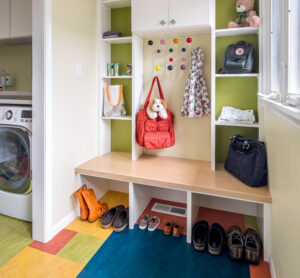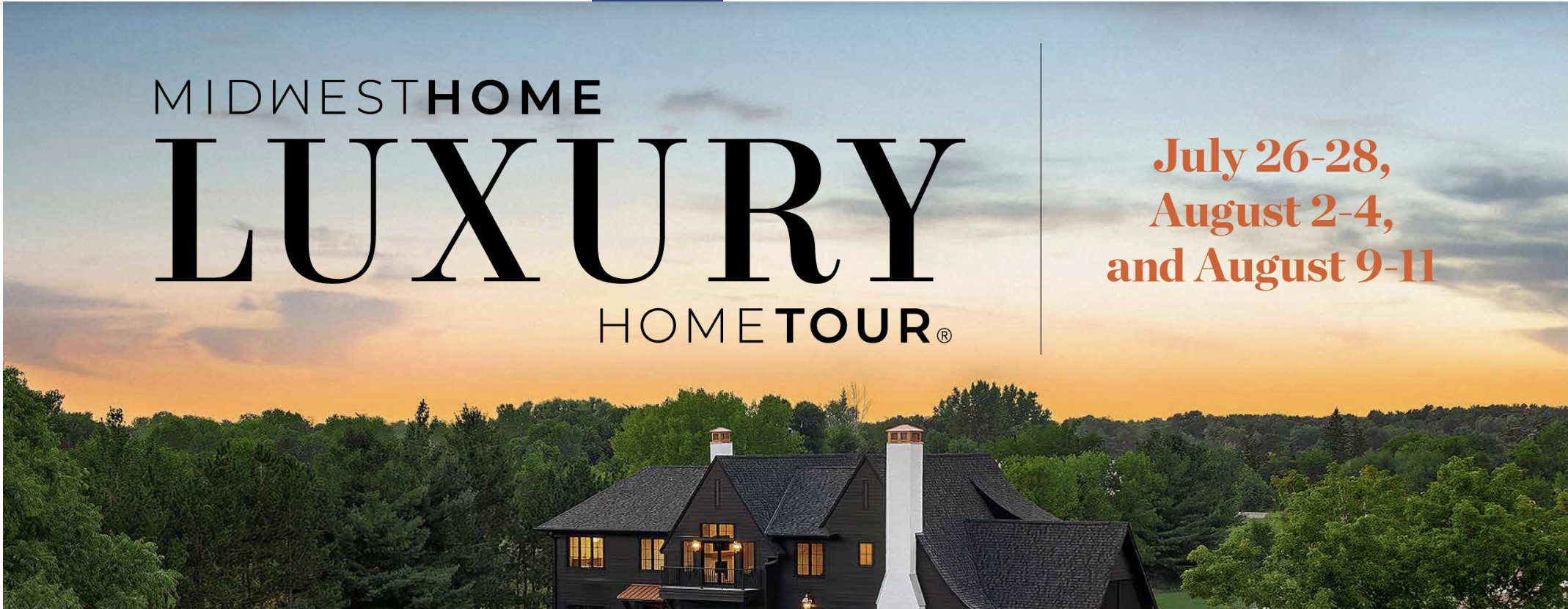Besides looking at the energy use related to the humidity, heating and cooling in your home, consider the inside air quality. Good inside air quality is another way to make sure your home is healthy and environmentally friendly. When air quality is not considered, it’s actually possible to have more “pollution” inside your home than outside.
Let’s take a look at some common indoor pollution sources:
Off-gassing and Dust and Particulates, oh my!
There are many unexpected things that can release harmful substances into the air that don’t contribute to good health or wellbeing.
Wood burning fireplaces, for example, can send particulates (atmospheric aerosol particles) and carbon monoxide into the home, as can gas cooktops. Dust accumulates from pets, foot traffic and the outside, and too much can lead to a variety of health problems.
Many cleaning products leave toxins behind, and the basic components that make up your home – including furniture, carpets, paint, and building material – can release chemicals into the air.
This is often called “off-gassing”.
In new homes, or newly-remodeled homes, off-gassing can be significant for the first several months – or even longer. (That new car smell? Sadly, that’s off-gassing of chemicals into the air.)
All of these substances can become concentrated in the home, and have a negative effect on your health. This is especially of concern when the home is closed up from the outside air, such as when heating or air conditioning are being used.
How Can I Improve My Indoor Air Quality?
So, what can you do to protect yourself from all of these toxins in the air?
Quite a bit, actually!
First, the easy things: keep your home clean, choose non-toxic products for cleaning, and use your vent hood over the range.
Next, things you could do as part of remodel, such as choosing products that don’t off-gas as much.

For example:
1. Low- or no- VOC (volatile organic compounds) paint.
2. Eliminate carpet or use natural fibers.
3. Opt for waterborne floor finishes or products, such as tile that doesn’t emit substances into the air.
This is a complex topic with many things to consider; talk with your remodeling professional for guidance and options.
Air exchange and filtration
Even if you choose all of the most natural products to build your home, or complete your remodel with (which can actually be pretty tough)… you will still have the indoor air pollution that comes from the sources we mentioned above.
To deal with indoor pollution, you have two tools: air exchange and filtration.
Let’s look at each.
Filtration
Most forced air furnaces have simple filtration, which is there to protect the furnace more than clean the air. Luckily, HVAC manufacturers have many upgrades available these days that reduce particulates. There are also options that sanitize the air with UV light and ions.
As these systems have to be carefully designed and selected, your remodeling and HVAC professionals will need to help you with these choices.
Air Exchange
Air exchange may not be talked about much, but it is absolutely crucial. If your house is old and leaky, and the insulation or windows have not been upgraded recently, air exchange might not be a problem.

But if this is the case, you are also spending a great deal of money and energy to heat and cool the outside air… which is definitely not a very efficient or green option.
Most homes in Minnesota have been upgraded, or built to higher standards of insulation and air sealing than older homes, which is great for reducing energy waste. But, that also limits air exchange.
To avoid heating and cooling the outside, save energy, and get the air exchange your home needs for good indoor air quality, try using a heat recovery ventilator. This brings in fresh air while expelling stale air. At the same time, it also captures the heating or cooling that you’ve already paid for, creating a comfortable temperature inside without increasing energy costs.
Talk to us at Bluestem
Together we can work through the nuances of your remodel’s environmental impact. We stay up to date on how various materials and products impact the environment and pass that knowledge on to you, so you can make educated and informed decisions.
We Only Have One Planet

We all play a role in contributing to our planet’s health and making small adjustments to your home during your remodel can help. The less energy you use, the cleaner your air – the healthier you and our planet will be. And with new technological advances, it’s easier and more cost-effective than ever to remodel a more sustainable home.
Bluestem Remodeling Can Guide You
When you’re ready, Bluestem Remodeling is here to help remodel an environmentally friendly home. We pride ourselves on our continuing education on green home improvements so we can do our part to help our planet. Reach out to learn how we can work together to reduce your carbon footprint, lower your energy costs, and improve the indoor air quality in your home.
Want to learn even more green home improvements? Stay tuned to our blog as we continue to cover more topics!





